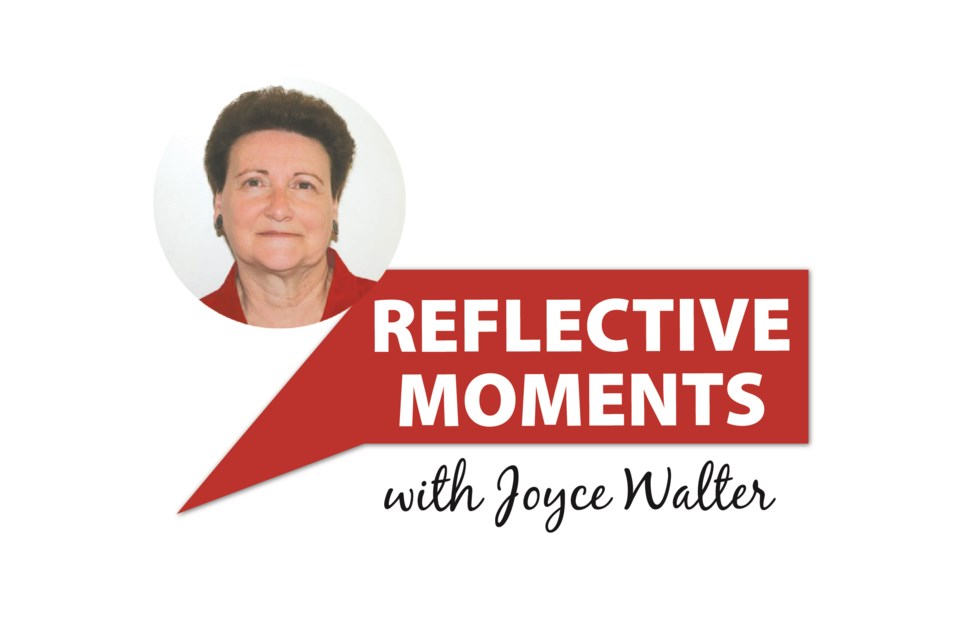If doctors were looking for a cause of a patient’s higher-than-safe blood pressure, they should ask about the patient’s recent experiences with the human-less telephone system in many businesses and institutions.
The cause would immediately be identified and might just be duplicated in a conversation about those useless encounters.
Take, for instance, the calls to a neighbouring health care facility in an attempt to learn if a friend was still in that facility and if he could have visitors and when visitation could occur.
The number was punched into the phone and it rang and rang and rang, until finally a voice came on the line. But the voice wasn’t inclined to have a conversation that wasn’t pre-recorded. He kindly provided all the options that might eventually lead me to a real person.
I made the choice that I hoped would provide the answers to my questions. That hope died quickly when finally a new voice came on the line in another recorded greeting. She reported that no one was available to help me, but I should leave a message and “someone” would get back to me as soon as possible.
Instead of leaving a message I took the opportunity to call another number from the phone book in the hope better luck would come my way. That didn’t work, except to increase my annoyance with this kind of so-called customer service and information provision.
By the end of the hour I decided it would have been more convenient, and faster, if we had just driven to the other community. Hopefully there might have been a real person present to invite us in or send us away.
This kind of message system is not unique to this institution. No, it is methodically creeping into too many aspects of one’s life.
One such operation in the community provides a message left by an assertive voice that makes one happy to have called the number. Then he proceeds to offer seven or eight numbers a caller could touch to hopefully get to the sought-after department. The voice helpfully suggests the caller listen carefully to the options and at the end gives one a chance to listen again by touching yet another number.
The person I was trying to reach was — surprise — unable to take my call, but begged me to leave a message. I did leave a message and two days later I was still waiting for a return call. Sure glad it wasn’t an emergency.
Just to add more cheery news I did some research and discovered that two years ago a survey revealed that 70 per cent of all customer service interactions involved automation. And isn’t it ironic that customer service professionals have a list of 12 ways to handle customer calls, the first of those being a “personal touch.”
I will continue to search for businesses and industries that are still in that 30 per cent range, ones that only use recorded messages for after-hours calls.
Hopefully my blood pressure doesn’t spike when I come across a real person who answers the phone and asks how I might be helped.
I just hope I don’t hang up in shock.
Joyce Walter can be reached at [email protected]
The views and opinions expressed in this article are those of the author, and do not necessarily reflect the position of this publication.




